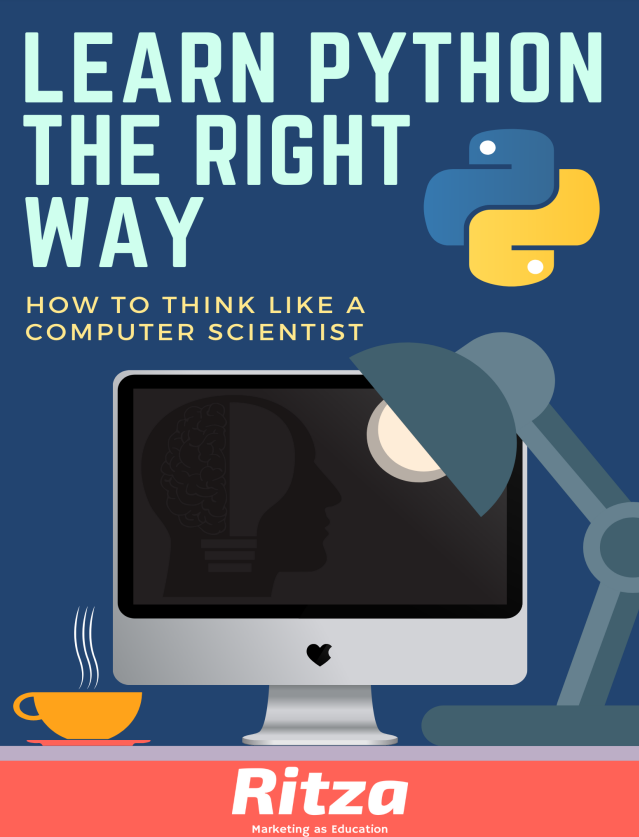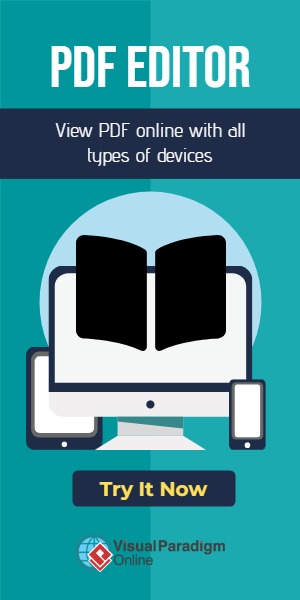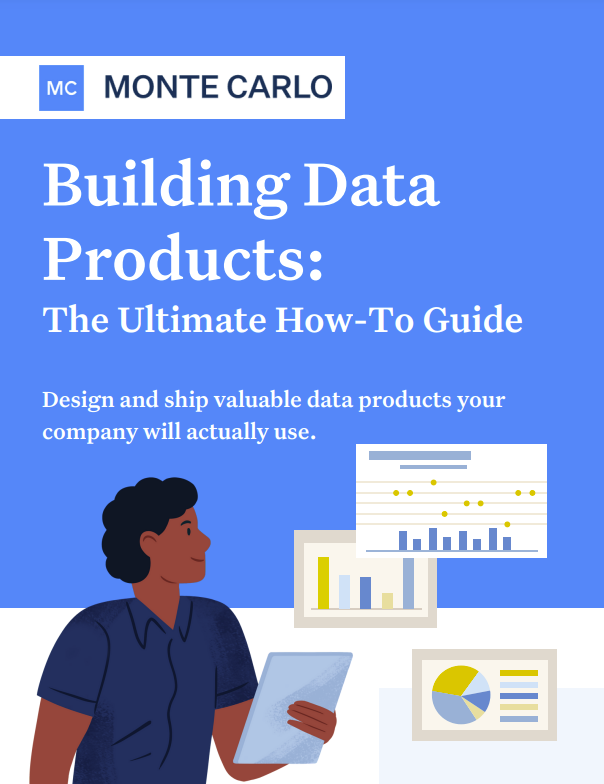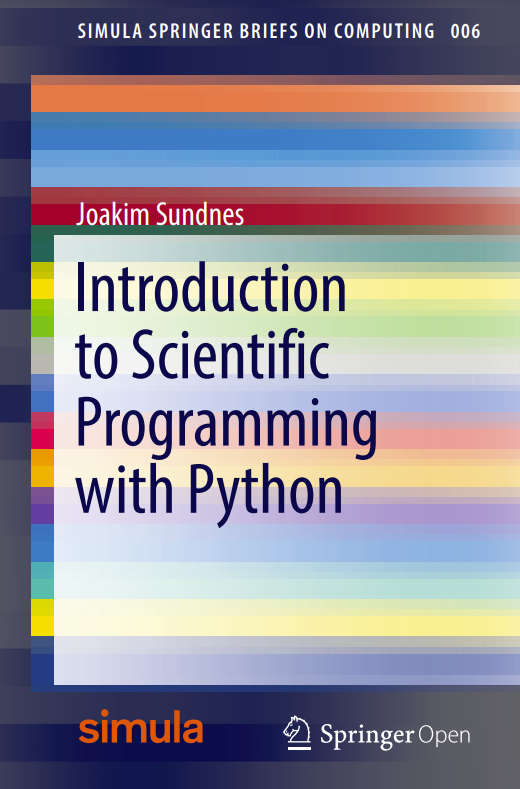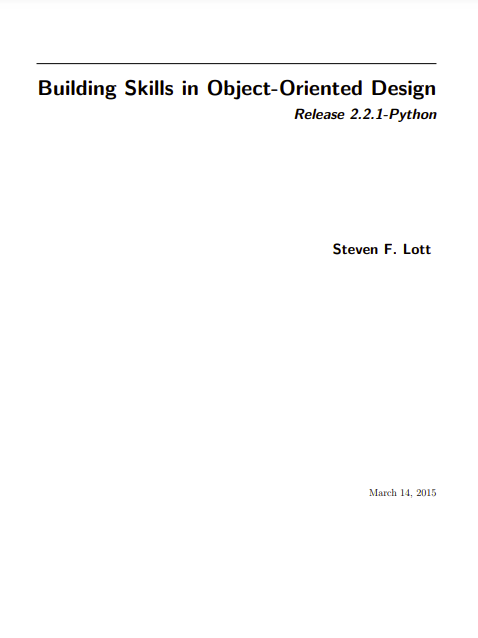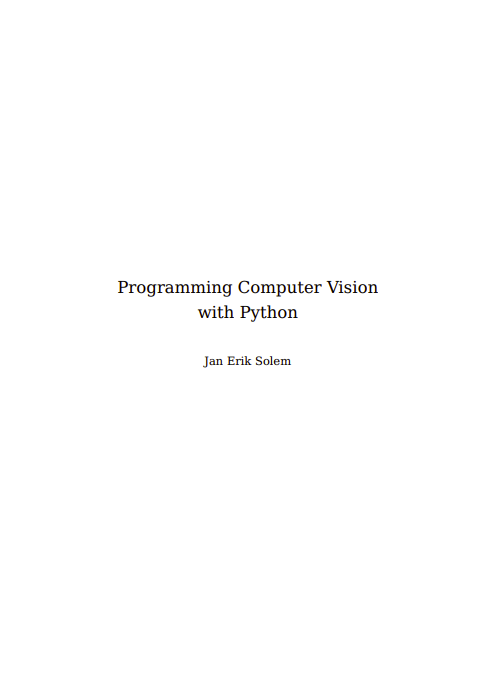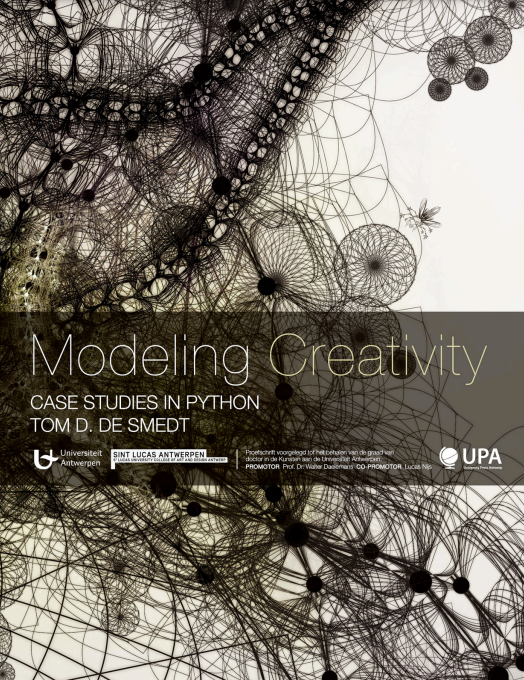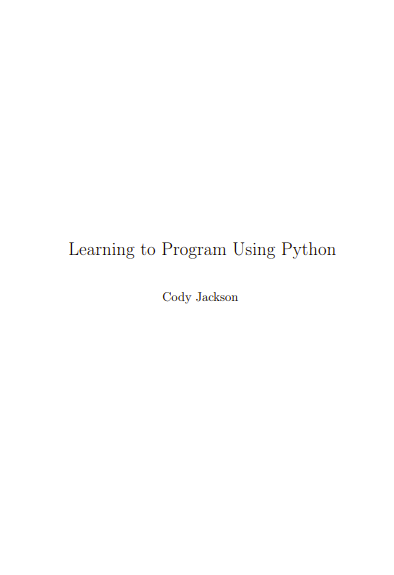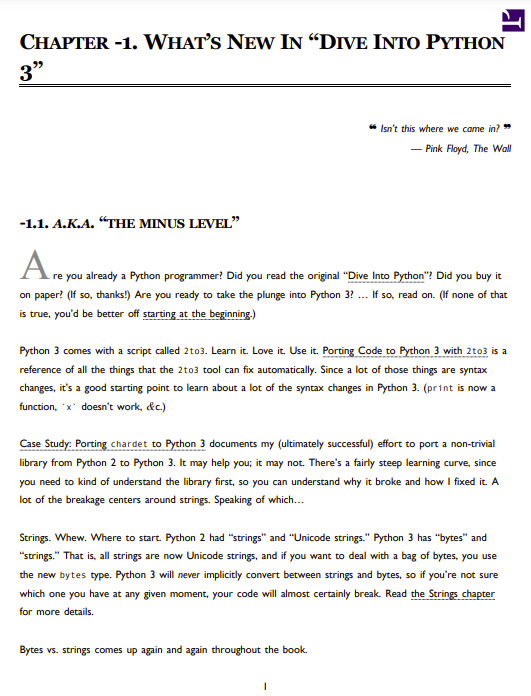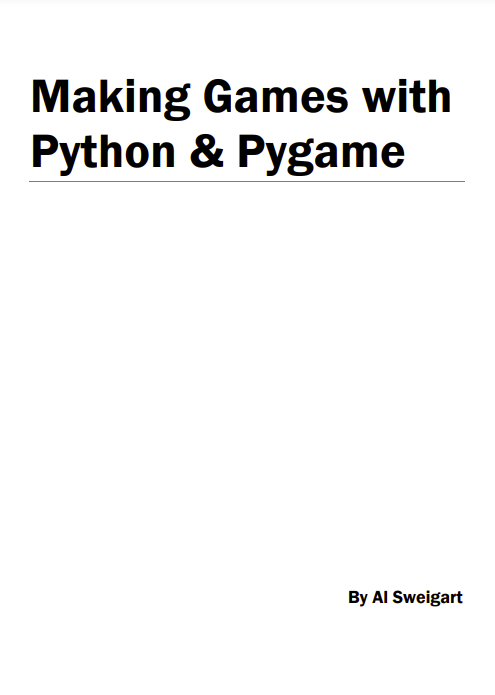This book owes its existence to the collaboration made possible by the Internet and the free software movement. Its three authors—a college professor, a high school teacher, and a professional programmer—never met face to face to work on it, but we have been able to collaborate closely, aided by many other folks who have taken the time and energy to send us their feedback.
We think this book is a testament to the benefits and future possibilities of this kind of collaboration, the framework for which has been put in place by Richard Stallman and the Free Software Foundation.
How and why I came to use Python
In 1999, the College Board’s Advanced Placement (AP) Computer Science exam was given in C++ for the first time. As in many high schools throughout the country, the decision to change languages had a direct impact on the computer science curriculum at Yorktown High School in Arlington, Virginia, where I teach. Up to this point, Pascal was the language of instruction in both our first-year and AP courses. In keeping with past practice of giving students two years of exposure to the same language, we made the decision to switch to C++ in the first year course for the 1997-98 school year so that we would be in step with the College Board’s change for the AP course the following year.
Two years later, I was convinced that C++ was a poor choice to use for introducing students to computer science. While it is certainly a very powerful programming language, it is also an extremely difficult language to learn and teach. I found myself constantly fighting with C++’s difficult syntax and multiple ways of doing things, and I was losing many students unnecessarily as a result. Convinced there had to be a better language choice for our first-year class, I went looking for an alternative to C++.
I needed a language that would run on the machines in our GNU/Linux lab as well as on the Windows and Macintosh platforms most students have at home. I wanted it to be free software, so that students could use it at home regardless of their income. I wanted a language that was used by professional programmers, and one that had an active developer community around it. It had to support both procedural and object-oriented programming. And most importantly, it had to be easy to learn and teach. When I investigated the choices with these goals in mind, Python stood out as the best candidate for the job.
I asked one of Yorktown’s talented students, Matt Ahrens, to give Python a try. In two months he not only learned the language but wrote an application called pyTicket that enabled our staff to report technology problems via the Web. I knew that Matt could not have finished an application of that scale in so short a time in C++, and this accomplishment, combined with Matt’s positive assessment of Python, suggested that Python was the solution I was looking for.
